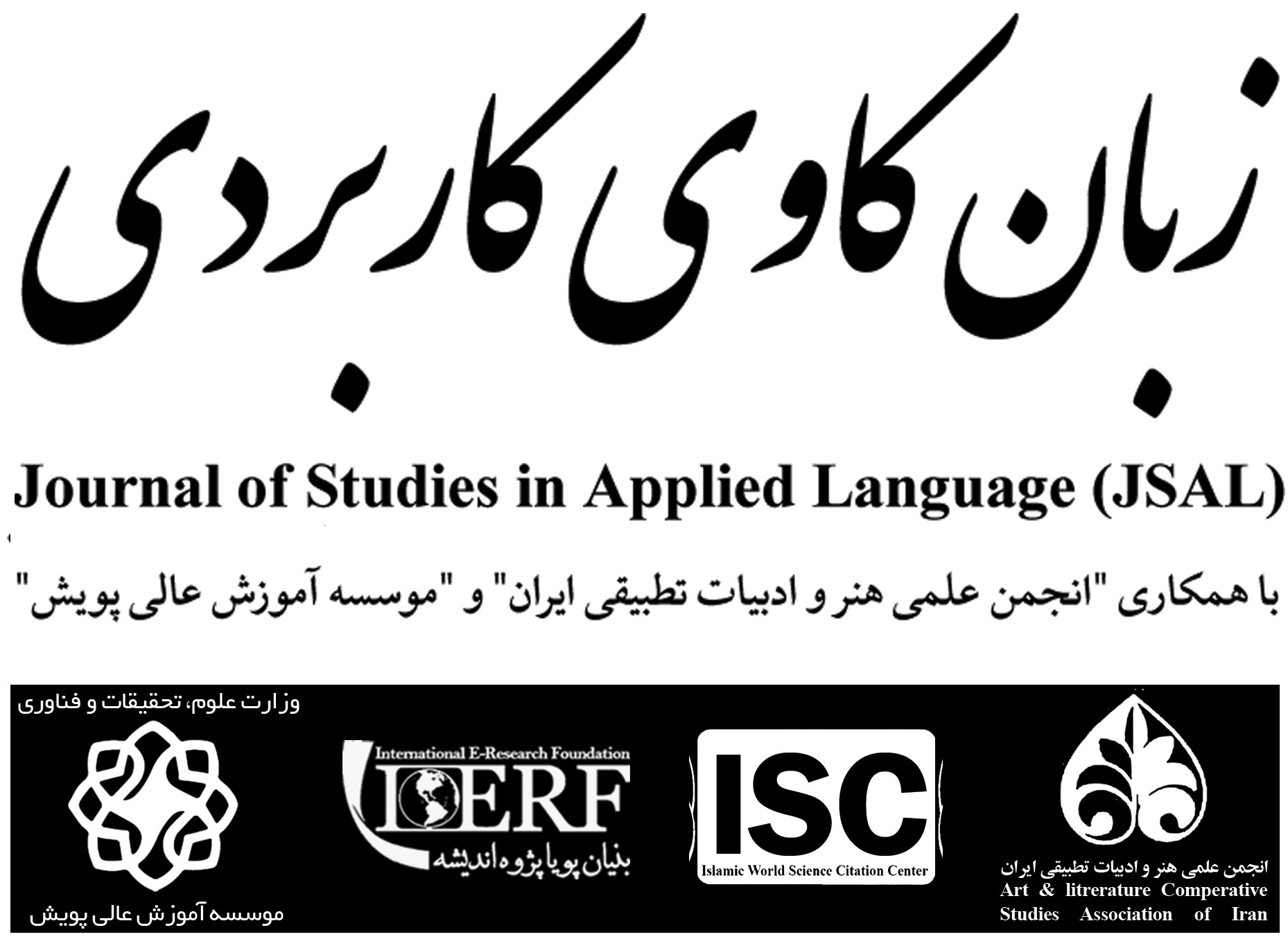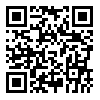<>
Volume 5, Issue 2 (Journal of Language Teaching, Literature & Linguistics (JLTLL) 2022)
JSAL 2022, 5(2): 225-254 |
Back to browse issues page
Download citation:
BibTeX | RIS | EndNote | Medlars | ProCite | Reference Manager | RefWorks
Send citation to:



BibTeX | RIS | EndNote | Medlars | ProCite | Reference Manager | RefWorks
Send citation to:
Sayadani A, Vazifeshenas H, Heydarpour Marand Y. (2022). Semantic diversity and lexical breadth in translation (Arabic to Persian) with Generative-Transformational Grammar; Case examples (Ethm, Efq, Fesq, Zhanb) [In Persian]. JSAL. 5(2), 225-254.
URL: http://jsal.ierf.ir/article-1-74-en.html
URL: http://jsal.ierf.ir/article-1-74-en.html
1- Associate Professor, Department of Arabic Language and Literature, Faculty of Literature, Shahid Madani University of Azerbaijan, Tabriz, Iran , a.sayadani@azaruniv.ac.ir
2- Master in Arabic translation, Faculty of Literature, Shahid Madani University of Azerbaijan, Tabriz, Iran
2- Master in Arabic translation, Faculty of Literature, Shahid Madani University of Azerbaijan, Tabriz, Iran
Abstract: (2541 Views)
Language communities must be conversant with the vocabulary and word combinations used by speakers in order to build communication amongst languages of the world. Understanding grammar and syntax norms may greatly aid in expressing the idea and bolster the message's accuracy. Noam Chomsky established grammatical rules in 1957. According to these rules, the internal workings of languages are the same, and the only differences are in the form, phonetic structures, and commands. This means that the sentences and concepts that exist in mind about various topics have the same concepts and only differ in the quality of their expression in the form of syntax. A disadvantage of translation occurs when various equivalents are used for the same term in the same language since different words affect how concepts are presented, in addition to differences in linguistic structure. Knowing the terms, when to use them, and how to deal with the association issue can help you use words correctly, grasp the text clearly, and prevent translation errors. As a result, the researchers in this work used the descriptive-analytical technique to assess the word equivalency while focusing on the accuracy of the translation using the genealogical method. The findings demonstrate that there are two aspects to translating astrology into Arabic and Persian: the infrastructure and superstructure. The infrastructure demonstrates the action of gesturing by applying elements (deletion, insertion, replacement, and transposition) of the example sentence in the target language, which by using different equivalents, causes both semantic multiplicity and vocabulary diversity in the text.
Keywords: Noam Chomsky, Transformative-Generative Linguistics, Trans formative-Generative Translation, Equivalence
Type of Study: Research |
Subject:
Discourse Analysis
Received: 2021/08/21 | Accepted: 2021/12/29 | Published: 2022/04/25
Received: 2021/08/21 | Accepted: 2021/12/29 | Published: 2022/04/25
Send email to the article author
| Rights and permissions | |
 |
This work is licensed under a Creative Commons Attribution-NonCommercial 4.0 International License. |






